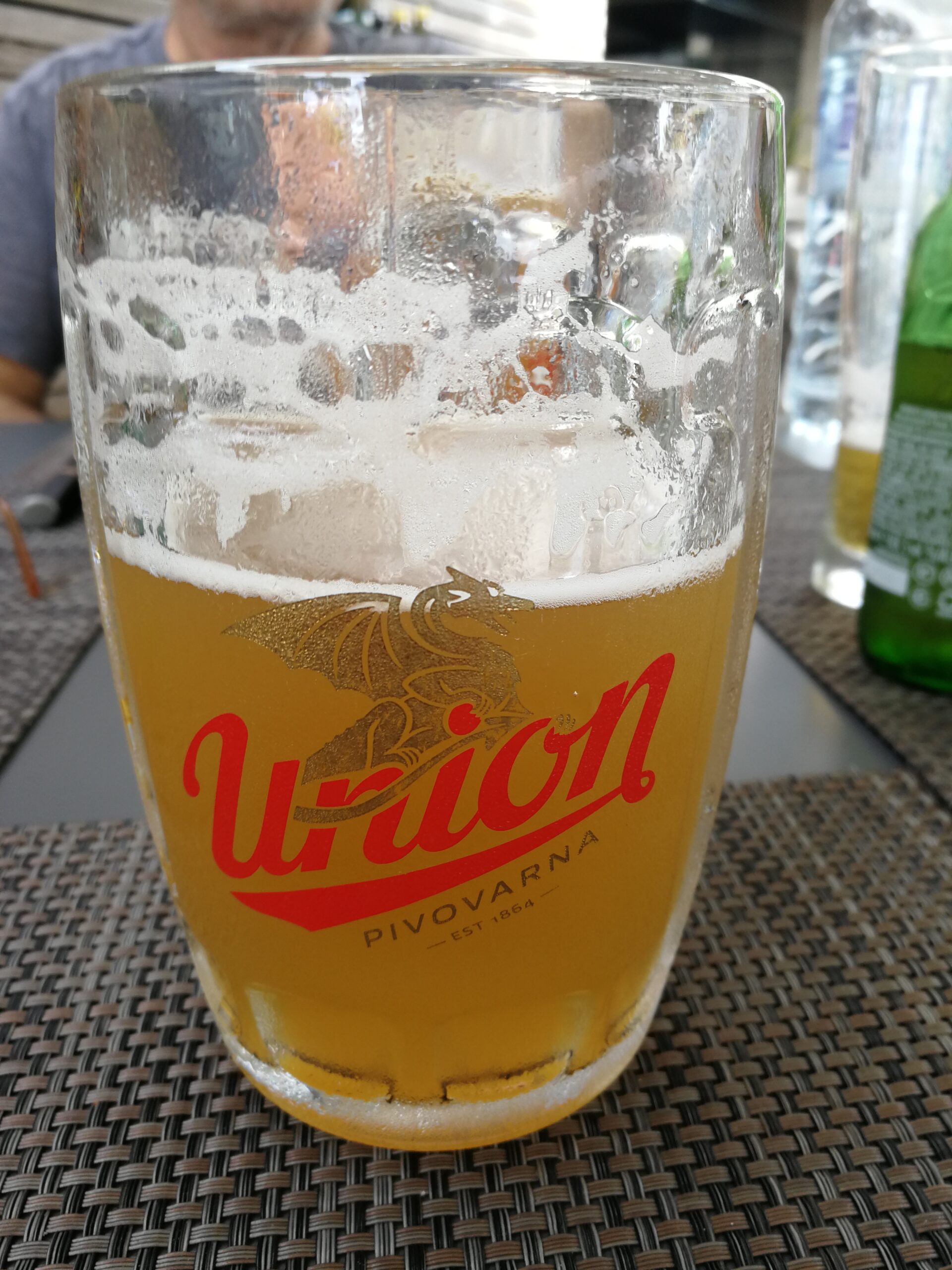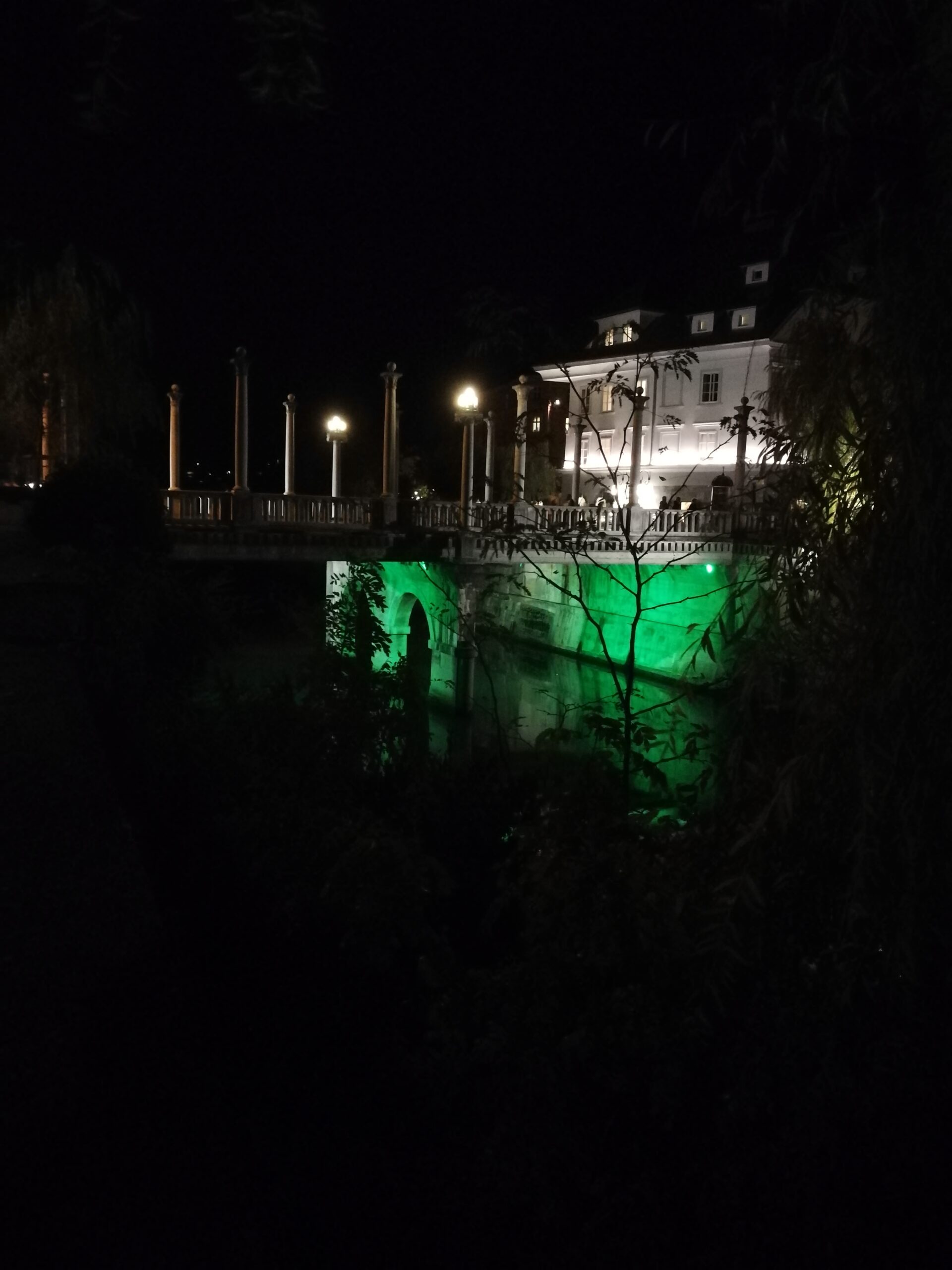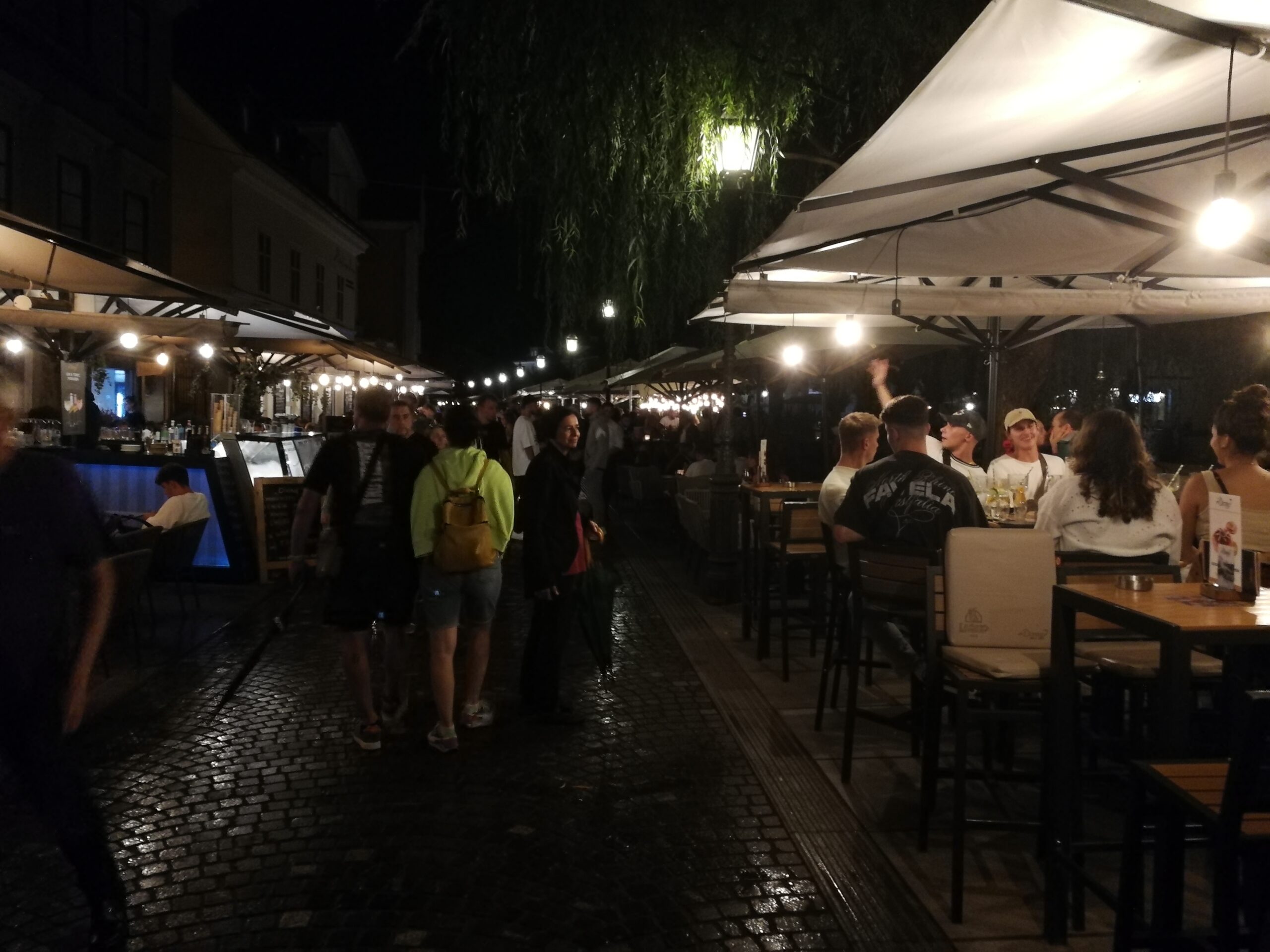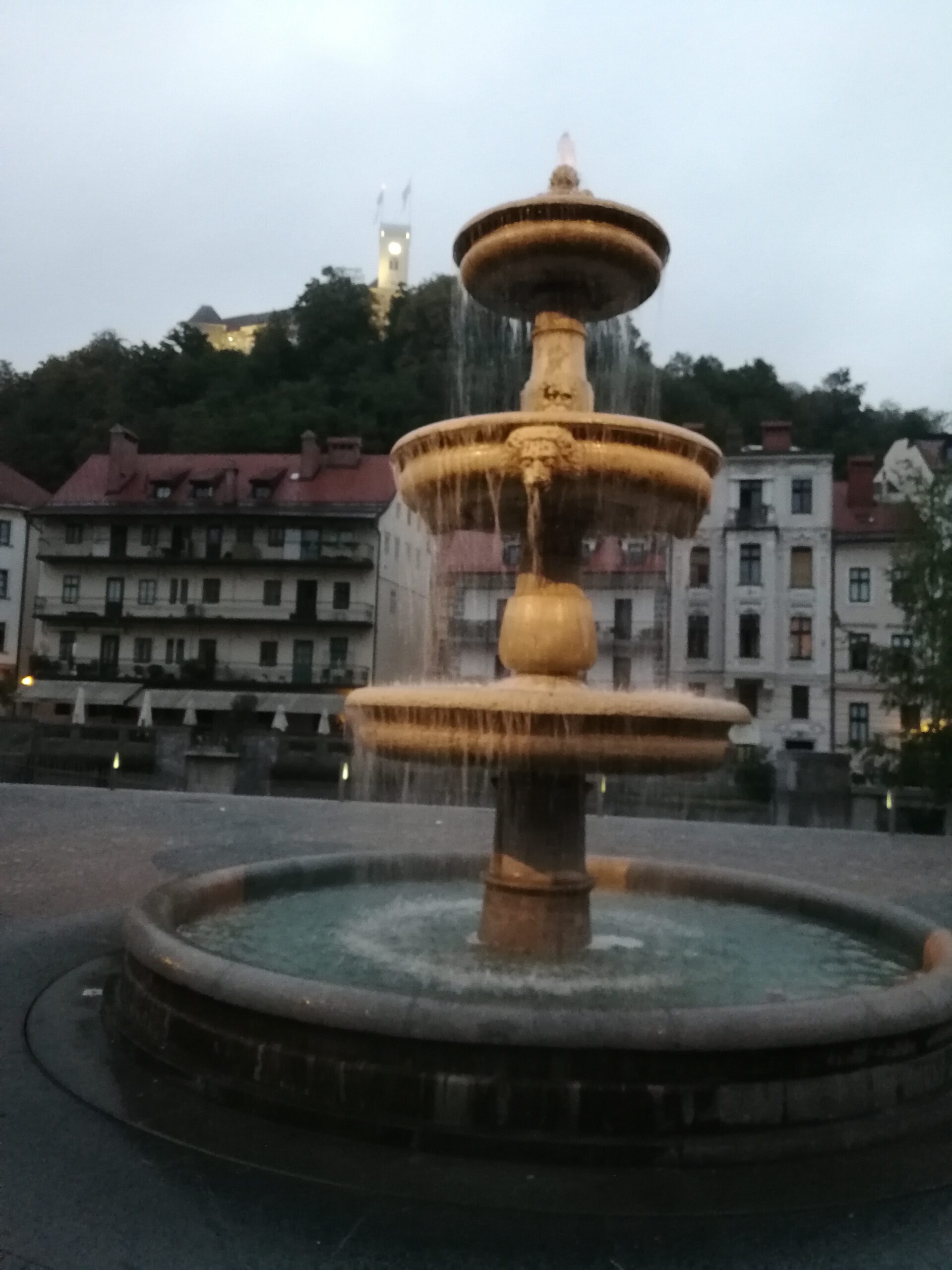Old Ljubljana is the picturesque capital of Slovenia, a relatively new Balkan nation state fashioned in 1991 from the western corner of the now disintegrated communist Yugoslavia.
Populated in the late sixth century AD by Alpine Slavs (or Slovenes), they have a long history of subjugation by Germanic types: first by the Frankish emperors of the Holy Roman Empire and later by the Austro-Hungarian Hapsburgs, only receiving recognition as a separate people and nation by Tito in his fledgling communist state after World War Two.
Slovenes are very warm, inviting, helpful and courteous types, both to each other and to tourists and visitors. The only observation beyond that I can make relates to their exceptional height and lack of obesity, and that is they are all very tall and not fat at all.
Ljubljana is the cleanest city I have ever stepped in. The old town of Ljubljana flanks both sides of the Ljubljanica River. Cobblestoned, quaint and car free with structures no more than four stories high, it is of a scale that one can really enjoy. The buildings are mostly several hundred years old and renovated to their current state during the 19th century and again after Allied bombing during World War Two. The city is well maintained and clearly there is pride and a strict planning regime in place, ensuring the old city is retained as a national treasure for the enjoyment of both locals and tourists.
There are a big variety of eateries in the old city, ranging from gelaterias, pizzerias and local cuisine places to Michelin star restaurants. Kebab, bourekas and all you can imagine abound in the new city. Prices are very reasonable; the food is tasty, fresh, well presented and served up by generally efficient and very friendly wait staff.
The local tap beer is cheap, with lager being the most popular. A pint handle will set you back about $5-6 (NZ), which means you have to pace yourself.
The first evening we ate at a local tapas bar, focusing on meeting, greeting, inebriation and catching up. The food was less important and served more as a sponge soaking up the ale.
The second day we started at The Petite Café, went on to a surprise outdoor official reception for the Icelandic premier, with all its pomp and ceremony, and then headed off to the unimpressive antique market along the promenade down by the river, where they sold mostly junk and a little bit of poorer quality Nazi memorabilia. Crossing the river we headed up to the much vaunted Ljubljana Castle on the steep hill above the old town.
The castle was probably the only letdown of the visit: antiquities were scarce and the structure in its entirety was a rebuilt edifice of sanitised concrete and steel with all the bars and cafes (bells and whistles) that tourists are expected to patronise and enjoy. It was hard on the legs with little wow factor beyond the view of the city to reward us.
Lunch was enjoyed in the old town with the requisite lagers and a severe downpour to whet the appetite. Food was good: pastas, salads, chicken and burger, breads and dips; service was damp but friendly despite the weather.
Off for a siesta at the Heritage Hotel, a lovely period piece with an excellent location and a great mini buffet breakfast. The hotel had a wonderfully helpful concierge who recommended our evening dining at a local traditional eatery.
You have to try the local cuisine!! Goulash with bread or bread dumplings in one form or another is the staple for all the Balkans and Eastern European countries and they are very proud of it. More lager and a limp excuse for an apple strudel couldn’t dampen our spirits. The cheerful service made up for what was remiss in the food.
Next day after breakfast we all met at the central train and bus station and rode a local bus to Lake Bled. Lake Bled, a little bigger than Lake Pupuke of Takapuna, is a local tourist mecca: ski fields in winter, and in summer a glass-like emerald lake surface with a fairytale castle and a Rapunzel tower dominating the cliffs above the water. There is a small island in the middle of the lake, in fact the only island in Slovenia, so they are very proud of it. So proud that in the 17th Century someone built a church on it that is still standing and open for business.
Due to a road closure as a result of a collision between a bus and car, the driver ordered all passengers off the bus some 5 km short of our destination. The walk was pleasant along the edge of the forest line and over bridges spanning fast-flowing mountain streams and rivers. Arriving at the lake we were met with a majestic and stunning panoramic view. We caught our breath on the shores of the lake, soaking everything in before heading off to a lakeside restaurant to cool off with an ice-cold lager and refuel with panini sandwiches, french fries and ketchup. Again we had efficient service with humour, a smile and fresh and tasty food. We also had a restaurant full of American diplomats and their security details in Bled for an EU conference with Ukraine President Zelensky on video link with his bass-baritone voice.
We caught a local bus back to town, rested up and prepared ourselves for the ‘last supper’ before departing Slovenia for home. The helpful concierge pointed us in the direction of a highly regarded Istrian-chef restaurant called Altroke on the other side of the river.
The waiter was very professional, helpful and appropriately witty and dry; the place was the usual medieval brick and stone decor one comes to expect from old town eateries in Europe. I had the filet mignon with goose liver and a wine-reduction sauce. My wife had another go at venison after being put off by chewy venison years earlier at a hotel by Lake Manapouri. All the food was delicious and beautifully plated. We shared two desserts, wine and beer. The price was very reasonable and we all left with a warm feeling for Ljubljana.




